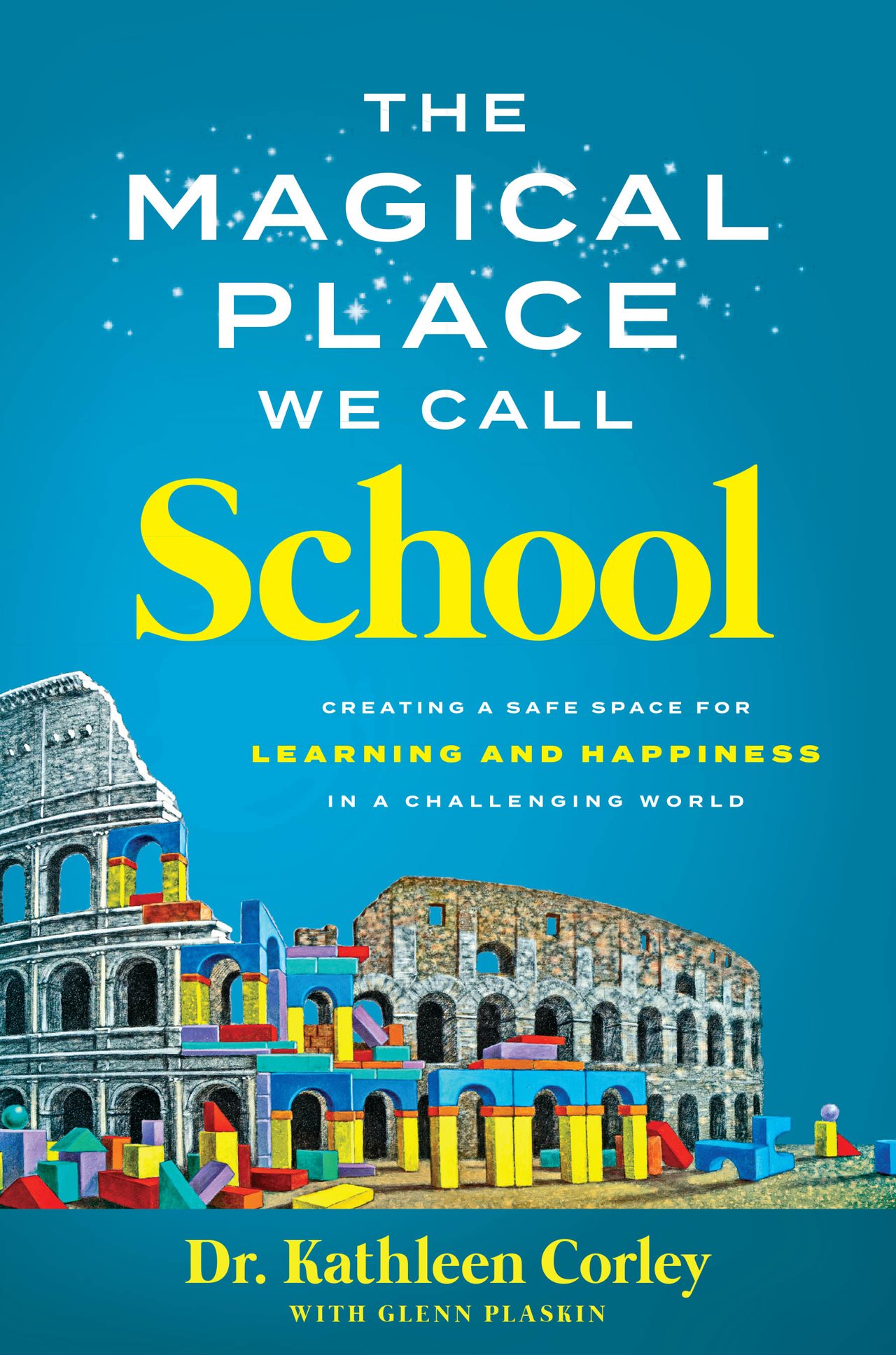(BPT) - "Every day, for every child, to the extent that it's possible, there should be something at school that makes life awesome and inspires a love for learning," says veteran elementary school principal Dr. Kathleen Corley, author of The Magical Place We Call School: Creating a Safe Space for Learning and Happiness in a Challenging World.
The Magical Place We Call School offers insights and best practices based on more than 40 years of experience, sharing advice on facing everything from coping with bullying and safeguarding against threats of gun violence to creating a school culture that benefits everyone in the community.
Schools as the heart of the community
One of the strongest messages Corley emphasizes is the importance of community: Schools are a place not just to send children each day, but central to the "village" around that child - family, neighbors and more. To foster this sense of community, Corley created an annual Stew Day at her school when every child brings ingredients from home to help create a feast to share. The ingredients represent the cultures of the students' families and a crew of adult volunteers help the students prepare and serve the stew.
This hands-on activity creates feelings of belonging and nurturing that Corley hopes every school can engender, so that each child views school as their "happy place."
Children as the center of the school
At a time when parents hold a wide range of views on what or how to teach, Corley reminds teachers that children's needs are the focus. One of her well-known "Corleyisms" (sayings she's famous for) is: "The child is our client; the parent is not." This sometimes means challenging parents' notions of their child's needs and behavior in a positive, constructive way.
While today's schools are full of challenges, they're also full of enthusiastic teachers filling multiple roles: as educators and sometimes therapists, social workers, cheerleaders and problem solvers. Behavior issues also require taking on the role of detective, to investigate why a child is having difficulties.
"Everything a child does happens for a reason," Corley says. "Find out the reason, then meet the need. Don't just deal with the behavior."
Showing children they're the first priority helps establish the crucial teacher-student bond that's the foundation of learning. Another Corleyism: "Students don't care how much you know until they know how much you care."
The role of the principal
Troubleshooting problems, communicating with parents and advocating for teachers and students are all part of the principal's job.
Corley believes the principal's primary function is supporting teachers, mostly by eliminating difficulties so they can do their jobs well. Her experience taught her to respect the profession, and she hopes all parents can appreciate what teachers do.
"The best, most effective teachers I've known put their everything into their teaching," says Corley. "Unfortunately, many teachers feel the general public does not understand or appreciate the lengths to which they go in order to thoroughly teach their students the curriculum while attempting to create magic in the process."
"Nothing wonderful happens in the principal's office. Rather, the magic happens in the classroom," says Corley. "Once a principal truly understands this, his or her overarching mission becomes clear: Remove any and all impediments between good teachers and good teaching."
School culture is paramount
"Positive culture is critical to every school's success," says Corley, noting that it is a principal's responsibility to foster a positive school culture, in which teachers and students feel happy and engaged throughout the day. "Schools must provide a highly supportive environment that is responsive first and foremost to the needs of students. The guiding beliefs and values at such a school create a safe and healthful physical and emotional environment for everyone."
Corley's advice is interwoven with anecdotes about challenges she and her colleagues have faced, highlighting what it means to be a dedicated educator in these challenging times.
For anyone interested in how schools are coping - and how they can better support their schools - this book provides plenty of food for thought.

The Magical Place We Call School: Creating a Safe Space for Learning and Happiness in a Challenging World is published by Forefront Books/Simon & Schuster and is available in hardcover, eBook and audiobook at Amazon, Barnes & Noble, and wherever books are sold.













